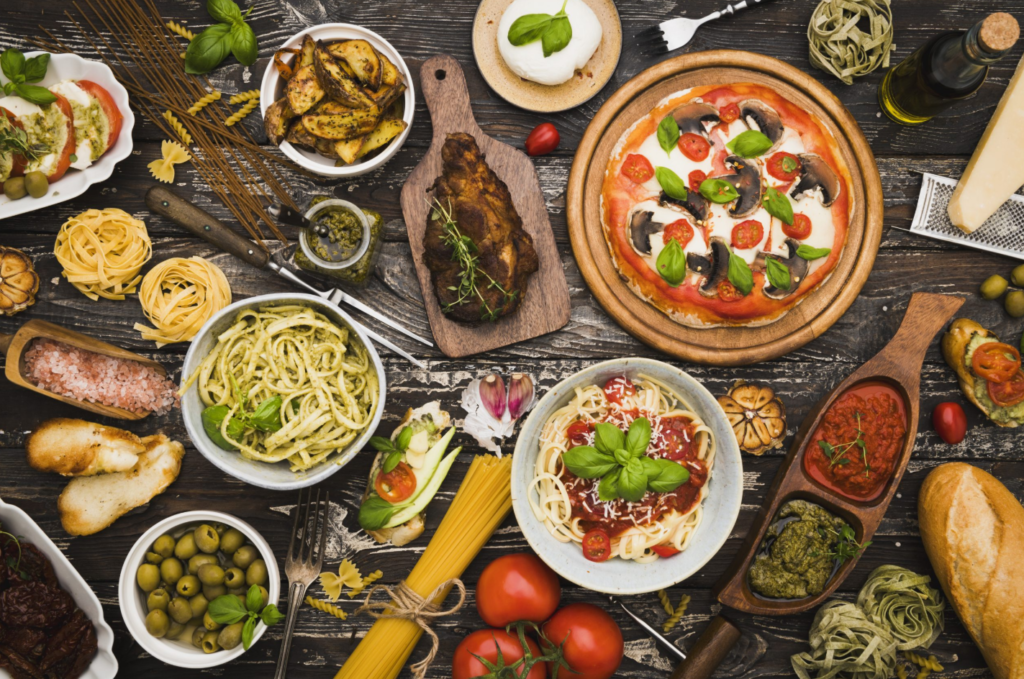
The modern diner doesn’t just crave great food—they crave variety, innovation, and flexibility. In response, many restaurateurs embrace the multi-concept restaurant model, offering multiple culinary experiences under one roof. Whether it’s sushi and biryani on the same menu or a coffee bar next to a fine-dining wine room, this hybrid approach redefines how restaurants attract, engage, and retain customers.
Chef Shajahan M Abdul, founder of Restro Consultants Pvt Ltd (RCPL), says, “A multi-concept restaurant allows you to maximise space, staff, and brand equity. It’s one of the smartest ways to future-proof your business.”
Let’s explore why multi-concept restaurants are booming and how you can build one that thrives in today’s competitive market.
What is a Multi-Concept Restaurant?
A multi-concept restaurant is a single operational space offering two or more distinct culinary identities, each with its branding, cuisine, or service style. Some examples include:
Why Multi-Concept Restaurants Are on the Rise
1. Changing Consumer Behaviour
Today’s diners want choice without compromise. At the same table, a group of four may enjoy sushi, biryani, pasta, and a smoothie. Multi-concept spaces solve this without losing revenue to delivery platforms or competitors.
2. Better ROI from the Same Space
Rents are rising, and every square foot must be optimised. Running multiple brands from a shared space helps spread fixed costs like rent, utilities, and kitchen equipment across more revenue streams.
Chef Shajahan M Abdul adds, “It’s not about serving everything to everyone. It’s about using one infrastructure to deliver multiple experiences.”
3. Increased Brand Experimentation
Want to test a Korean BBQ concept without opening a new outlet? Launch it as a virtual brand within your multi-concept setup. You can pivot or discontinue without massive financial risk.
Models of Multi-Concept Restaurants
Restro Consultants Pvt Ltd (RCPL) typically structures multi-concept models in three formats:
A. Segmented In-House Concepts
Distinct zones under one roof—like a café at the front, a fine-dining restaurant in the rear, and a dessert bar upstairs.
B. Daypart Swapping Concepts
Different concepts exist based on time—e.g., a breakfast café in the morning, a co-working lunch spot in the afternoon, and a wine lounge at night.
C. Cloud-Enabled Concepts
Multiple delivery-only brands operating from a single kitchen and backend.
Restaurant consultants at RCPL often recommend starting with 2-3 strong identities before expanding to more.
Key Benefits of the Multi-Concept Model
Challenges to Watch Out For
While the rewards are high, this model demands tight coordination. Here’s what to manage:
1. Brand Identity Clarity
Each concept must have a clear identity, tone, and visual language—confusion kills loyalty.
2. Operational Complexity
Different cuisines often require varied prep styles, ingredients, and kitchen workflows. Without thoughtful planning, chaos is inevitable.
3. Staff Training
Your team must understand each concept, its values, and how to shift roles seamlessly.
Restro Consultants Pvt Ltd (RCPL) addresses these issues by creating Standard Operating Procedures (SOPs) for each brand and training modules for seamless cross-functionality.
Real-World Examples from RCPL
Chef Abdul personally curated a multi-concept menu in Hyderabad, integrating Japanese and Korean cuisines under one modern space. It attracted Gen Z foodies, corporates, and weekend families alike.
Steps to Launch Your Multi-Concept Restaurant
Final Thoughts from Chef Shajahan M Abdul
Multi-concept restaurants are not just a trend but a robust business model for maximising space, delighting diverse customers, and scaling efficiently. But they require strategy, systems, and synergy to succeed.
As Chef Shajahan M Abdul puts it:
“Think beyond the plate. A space can hold a world of flavors if you plan it purposefully.”
With expert guidance from restaurant consultants at Restro Consultants Pvt Ltd (RCPL), you can create a dynamic, high-performing hospitality space that thrives—no matter how many cuisines you serve.
Chef Abdul © Copyright 2024. All rights reserved.